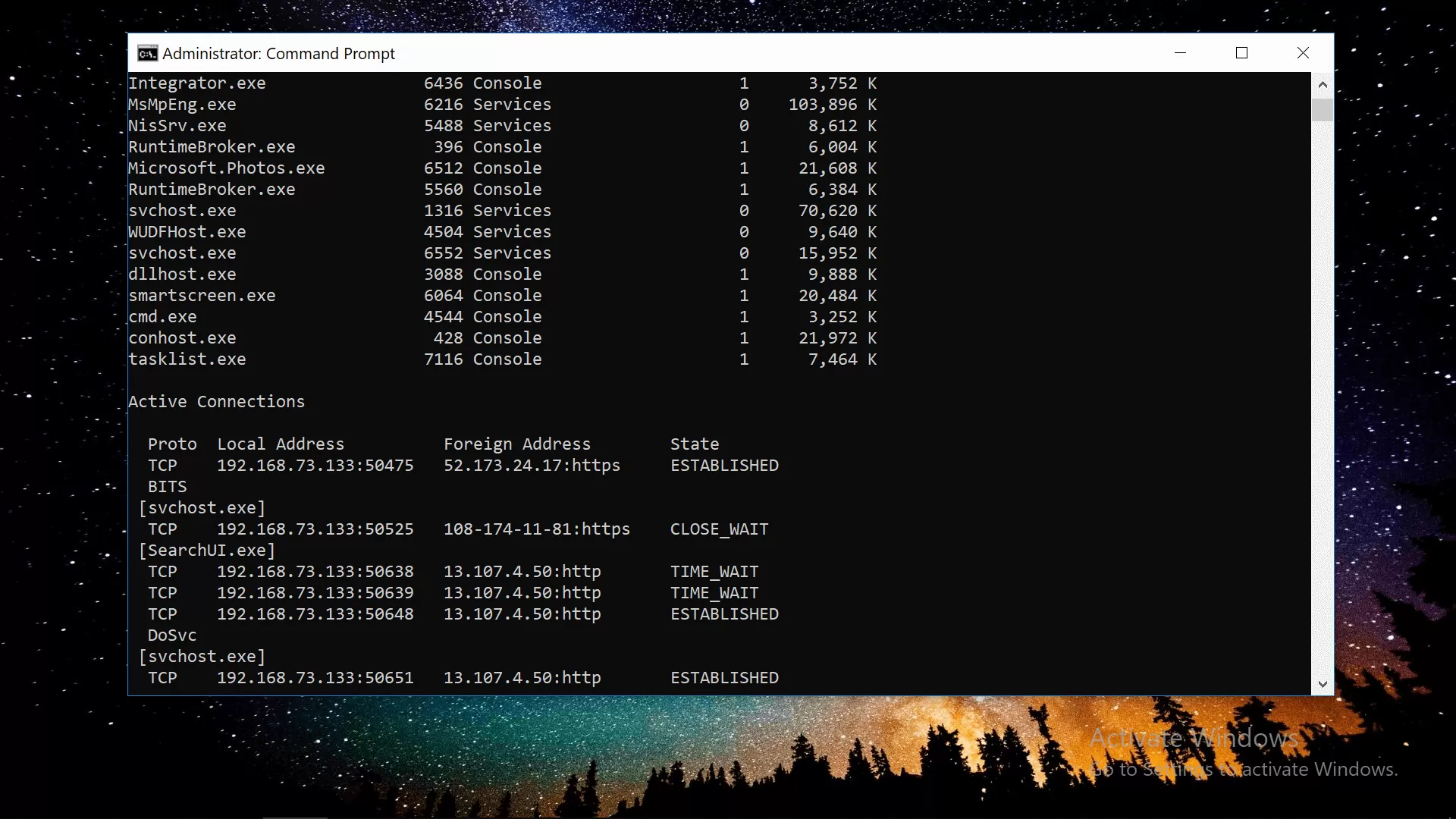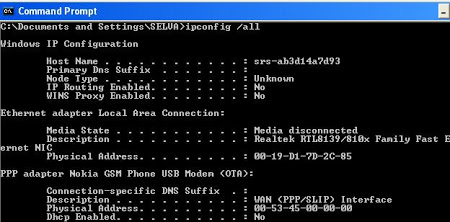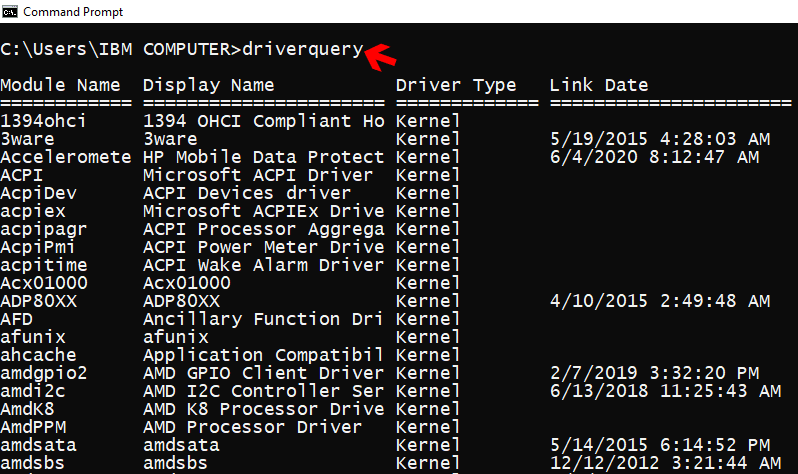

In addition, however, there’s also the “PowerShell”: This offers more options than CMD.EXE.
#All command prompt commands windows#
In general, the connection between operating system – regardless of whether graphical (GUI = graphical user interface) or text-based (CLI = command line interpreter) was condensed under the term “ Shell.” The default command line interpreter for Windows is called CMD.EXE. But even after the switch to graphical operating systems, the command line remained text-based.

Instead, you had to type in all commands – the directory structures were then displayed as plain text on the screen. In older operating systems (like MS-DOS), you had to work without a graphical user interface, and oftentimes even navigate without a mouse. This makes it possible, for example, to organize files, start programs, or run other commands linked to the operating system, computer, or network. To find information about a specific command, in the following A-Z menu, select the letter that the command starts with, and then select the command name.The command line (also called the console or terminal) is a text-based interface within the operating system, that forwards commands from the user to the operating system. User-specified settings take precedence over computer settings, and command-line options take precedence over registry settings. If name completion is enabled with the /F:ON parameter and switch, the two control characters used are Ctrl-D for directory name completion and Ctrl-F for file name completion. You can also enable or disable file and directory name completion per instance of a Command shell by running cmd.exe with the parameter and switch /F:ON or /F:OFF. The type of value for this registry entry is REG_DWORD, and can be specified by hexadecimal or decimal value. To disable a particular completion character in the registry, use the value for space (0x20) as it is not a valid control character. See virtual key codes for a complete list. Set these values to that of the control character you wish to use. HKEY_LOCAL_MACHINE\SOFTWARE\Microsoft\Command Processor\PathCompletionChar HKEY_LOCAL_MACHINE\SOFTWARE\Microsoft\Command Processor\CompletionChar HKEY_CURRENT_USER\SOFTWARE\Microsoft\Command Processor\PathCompletionChar HKEY_CURRENT_USER\SOFTWARE\Microsoft\Command Processor\CompletionChar Before making the following changes to the registry, you should back up any valued data on the computer. Incorrectly editing the registry may severely damage your system. You can run both Windows Commands and PowerShell cmdlets in PowerShell, but the Command shell can only run Windows Commands and not PowerShell cmdlets.įor the most robust, up-to-date Windows automation, we recommend using PowerShell instead of Windows Commands or Windows Script Host for Windows automation.Ī reference of exit and error codes for Windows Commands can be found in the Debug system error codes articles that may be helpful to understanding errors produced. Cmdlets are similar to Windows Commands but provide a more extensible scripting language. PowerShell was designed to extend the capabilities of the Command shell to run PowerShell commands called cmdlets. Scripts accept all commands that are available at the command line. You can perform operations more efficiently by using scripts than you can by using the user interface.

For more information, see cscript or wscript. With Windows Script Host, you could run more sophisticated scripts in the Command shell. The Command shell was the first shell built into Windows to automate routine tasks, like user account management or nightly backups, with batch (.bat) files.
#All command prompt commands software#
Each shell is a software program that provides direct communication between you and the operating system or application, providing an environment to automate IT operations. Windows has two command-line shells: the Command shell and PowerShell. This set of documentation describes the Windows Commands you can use to automate tasks by using scripts or scripting tools. All supported versions of Windows and Windows Server have a set of Win32 console commands built in.


 0 kommentar(er)
0 kommentar(er)
